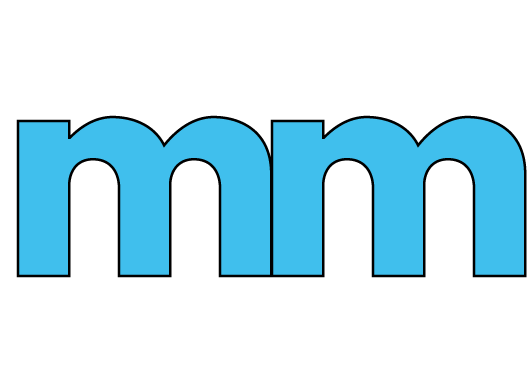As someone that is new to a district, it has been essential that I begin the school year by building relationships and finding those that what to be coached when using technology. I have only now begun to start to have the pedagogical conversations that I need to have to help change mindsets to those that are required to teaching meaningfully with the technology that has been afforded to the students and the staff.
I wanted to take a moment and introduce the staff to the ideas of the frameworks that I like to use when working with the staff. I want to introduce them to the TPACK model as well as SAMR. I am being very calculated in what I am thinking about doing both. I will be sending this information out as a newsletter that a portion of my staff opted into this week. It is starting to the conversation that needs to take place in order to start looking for ways to provide the students that we serve with a more meaningful integration of technology.
“When examining technology use in the classroom, it is very important that we examine the methods in which we are using the technology. If students are working on the Chromebooks we are using the technology that has been afforded to us. Yet it is important that we examine how we are using the technology.
“When discussing technology implementation in the classroom, I want to set up some common vocabulary based on two leading integration plans. First, the SAMR model, which was popularized by Dr. Ruben Puentedura, which allows for teachers to develop meaningful stepping stones to a more meaningful use of technology in their classroom. SAMR stands for Substitution, Augmentation, Modification, and Redefinition.
“Substitution would be simply taking a technology tool and having it do the same thing that we would have done with a pencil and paper. While it is a start in the conversation, it is not always bringing the best to the field on what we can accomplish with our students. Some things will always be substitution, and that is also okay. Augmentation is the idea we have made slight improvements to the activity, but the basic premise still exists. Moving to modification, we have started to significantly the assignment or activity that we are asking the students to complete. Finally, to achieve Redefinition, we are recreating the assignment and doing something that we could not have done without the technology in our classrooms.

“While I like the structure and the language of the SAMR model, it is difficult to use the SAMR model by itself. SAMR neglects to focus on what or how the students are learning, focusing solely on the type of technology use. SAMR is awesome for starting conversations about where we are at and where we are going. It is also great for easily structuring a conversation, as you can see in the coffee graphic below. For instance, we could do an incredible game-based activity that the students really enjoying, but if our content is not there, it is of little use to our students. SAMR leaves the content out of the integration model.
“The other model is the TPACK model, developed by Matthew Koehler and Punya Mishra at Michigan State University. TPACK is a model that examines the technical knowledge, pedagogical knowledge, and content knowledge. While this is more complicated, it strives to balance all three types of knowledge to assure that our technology use is efficient. With the TPACK model, you are striving to have the students using the technical knowledge to gain skills with the devices, the teacher is applying the best practices to how the students learn the material, and that the content knowledge is there. If you examine the graphic below, you will see how it is a multi-circle Venn Diagram. The goal with TPACK is to be in the center of the graphic.

“While neither one is perfect, and there are plenty of other options out there, I find that these two are the most helpful for creating a meaningful conversation with everyone. If you have ideas for a project and want to bounce ideas about increasing the level of technology involved, let’s have a conversation and come up with some new ideas.”
I feel like this a great way to start the meaningful conversations. I purposely didn’t use many examples in the explanations because I do not want to offend or single anyone out. I have seen amazing ideas and amazing word done by my new colleagues, and I hope to be able to learn from them while I help them find ways to create more meaningful learning experiences for students. Education is a process of continual improvement, nothing is ever completely done and there is always something that I feel I could do better. This is the start of, hopefully, many great conversations.
Feel free to let me know what you think.
